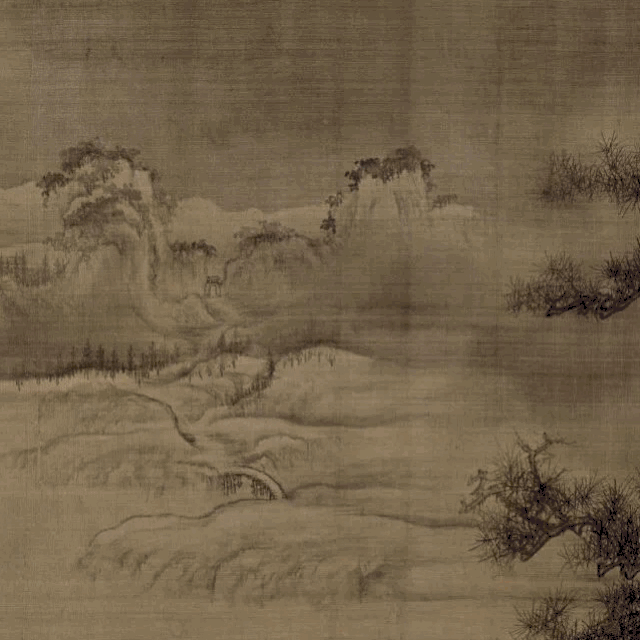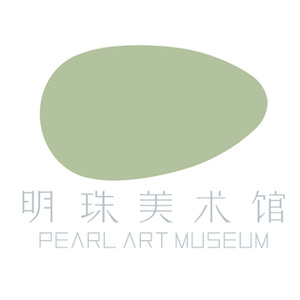
Feel like chill wind on my face, or mist over the field.
The slender gold style of calligraphy at the beginning is unprecedented in the past five hundred years.
——by Qianlong Emperor about Wang Shen’s painting Light Snow over a Fishing Village
In 960 AD, Zhao Kuangyin established the Song Dynasty, where literati and scholar-officials were highly respected, thus greatly stimulating their creativity, and the ideology, poetry, painting, and calligraphy therefore reached the peak of Chinese cultural history. Guo Ruoxu made such a comment in his Overview of Painting: “Compared with the previous dynasties, The Song Dynasty’s paintings about Buddhism, Taoism, figures, court ladies, cattle and horses are dwarfed, while the Song Dynasty has witnessed a new level of paintings about landscape, forest, rocks, flowers, bamboos, poultry and birds.”
At this time of tremendous artistic and cultural prosperity, Wang Shen was born in a wealthy family and grew into a literati painter. With his ancestor Wang Quanbin as one of the founding heroes of the Northern Song Dynasty, he served as the Dingzhou observer, founding father, as well as the emperor’s son-in-law. Moreover, he was also a prestigious collector and appraiser, and had close interactions with the well-known contemporaries such as Su Shi, Mi Fu, and Li Gonglin. The “Xiyuan Gathering” organized by him is impressive for generations, comparable to the “Lanting Gathering” of Wang Xizhi of the Jin Dynasty.

>Part of Wang Shen’s Painting “Light Snow over a Fishing Village”
Wang Shen has a lot of insights in ink landscape painting, and his ink paintings such as Misty River, Layered Peaks and Light Snow over a Fishing Village are all masterpieces, with delicate and rigorous yet life-like touch, depicting a tranquil and elegant landscape where the vast and misty river complements the majestic mountains.

> “Light Snow over a Fishing Village”
On the afternoon of August 8th (Saturday), our eighth lecture of “Inside Art in Paintings” is honored to have Mr. Zhang Rongguo from East China Normal University, lecturing about paintings in Pearl Art Museum (Center of Light Space). He will explore Wang Shen’s two masterpieces, Misty River, Layered Peaks and Light Snow over a Fishing Village, in terms their schema, theme, and style corelated to the ancient and modern works, and investigate the intrinsic and painting language, as indicated by the relationship between visual artistic language, visual symbolism and visual images in Chinese paintings, so as to analyze and clarify the interaction and essence between tradition and innovation, inheritance and creation.

Zhang Rongguo
Doctor of Arts, mainly engaged in painting and calligraphy creation and theoretical research, currently working at the College of Fine Arts of East China Normal University. He is also the member of China Literature and Art Critics Association, member of China Calligraphers Association, member of Shanghai Artists Association, member of Shanghai Calligraphers Association (the Seventh Academic Professional Committee member), Painter at Shanghai Painting and Calligraphy Academy, and Painter at Painting and Calligraphy Academy of the Magazine Chinese Painting and Calligraphy.
With the idea of building “an art museum without walls and fluid art academy”, the Pearl Art Museum has delivered a series of “Read Art in Books” lectures since the end of September in 2019.
“Read Art in Books” is designed to invite an expert each time to tell an art story with a book and instruct in systematic and interesting art appreciation. Based on the sharing from the experts, it enables ordinary people to have a glimpse of the most advanced and classic art research and works and have the knowledge and mind-set for appreciating art works.



